Service hotline
+86 0755-83975897
 en
en Release date:2025-02-24Author source:KinghelmViews:926
RF connectors are crucial components in electronic devices, playing a pivotal role in transmitting RF signals. This article will delve into the fundamental aspects of RF connectors, including their definition, classification, operational principles, and significance across various applications.
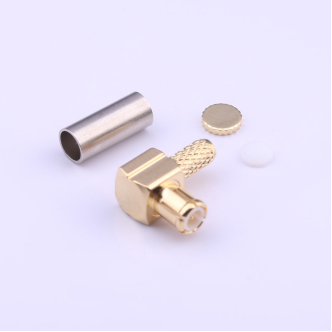
RF connectors are typically regarded as components installed on cables or equipment, serving as elements for electrical connection or separation of transmission lines. They belong to electromechanical integrated products.
The operating principle of RF connectors primarily relies on their internal structure, including inner and outer conductors, insulation material, and contacts. These components work together to ensure stable transmission and shielding of RF signals. Specifically:
● Inner Conductor: responsible for transmitting RF signals, ensuring continuity and integrity of the signal during transmission.
● Outer Conductor: serves to shield and ground, effectively preventing signal leakage and ensuring the stability and reliability of the signal. The presence of the outer conductor also maintains a constant distance between the inner and outer conductors, further reducing interference and attenuation during signal transmission.
● Insulating Medium: located between the inner conductor and outer conductor, used to isolate the signal and prevent leakage. The choice of insulation medium has an important impact on the performance of the connector, different medium materials and design will affect the signal transmission efficiency and stability of the connection.
● Contact: responsible for realising the connection between the connector and the transmission line, ensuring the reliability and stability of the electrical connection.
● As an electrical connection for transmission lines
● Separate components
● Impedance: the standard impedance of most RF coaxial connectors is 50 ohms, but cable TV systems may use an impedance of 75 ohms.
● V.S.W.R. : this is an important metric for evaluating connector performance. Ideally, the VSWR should be less than 1.2, but in practice, 1.5 or less than 2 is acceptable.
● Frequency Range: the operating frequency range of the connector is critical, especially in high frequency and high speed applications. Common frequency ranges include 1~6GHz, 0~18GHz, etc. Higher frequency applications may require more specialised connectors.
● Insertion Loss: this is the loss generated by the connector when transmitting signals, usually within 0.1~0.5dB to ensure effective signal transmission.
● Return Loss: it is used to characterise the degree of signal reflection, and is another important indicator for assessing connector performance.
● Electrical Strength: also known as voltage withstand or dielectric withstand voltage, indicates the ability to withstand the rated test voltage between the connector contacts or between the contacts and the shell.
● N-type Connector: This was one of the first RF connectors designed by Bell Labs in the 1940's. The N-type connector has a threaded coupling interface with an outer conductor ID of 7mm and an internal gasket, making it rugged and relatively inexpensive. The standard version is capable of operating at 11GHz, while the precision version pushes the upper frequency limit to 18GHz.
● SMA Connectors: SMA series RF coaxial connectors are small, high-frequency coaxial connectors with the advantages of small size, wide bandwidth, superior mechanical and electrical performance, high reliability, etc. SMA connectors can operate at frequencies up to 26.5GHz and are widely used in microwave communications, Automatic Test Equipment (ATE), wireless equipment, testing and measurement instruments, etc. The SMA connectors are available in a wide range of sizes and sizes.
● 2.92mm Connectors: Also known as K-type connector or SMK connector, invented by WILLTRON, [敏感词]A. The 2.92mm connector's main mode operating frequency can be up to 46GHz, covering the entire 8mm band. This connector interface is compatible with SMA, 3.5mm connectors.
● 2.4mm Connector Series: Frequency up to 50GHz, is commonly used in millimetre wave products, a class of connectors, many millimetre wave instruments often use 2.4mm input and output ports. 2.4mm products are mature, the structure is more robust and reliable, in the field of millimetre wave has excellent prospects for development.
● 1.85mm Connector Series: Frequency up to 65GHz, is a millimetre-wave connector in recent years has gradually been widely used, can be compatible with 2.4mm.
● TNC Connectors: The TNC series RF coaxial connector is a threaded variant of BNC, with an outer conductor diameter of 6.5mm.The TNC header has an advantage in reliability due to its internal threaded design, and is usually used in applications that require fast plugging and unplugging.
The soldering method of RF coaxial connector mainly includes the following steps:
1. Strip the wire, disassemble the connector head, and set on the connector, tail, gasket and waterproof rubber ring.
2. Put the small gasket on the shield, and then insert the T-tube into the outer skin and shield.
3. Peel off the insulation of the exposed wire to expose the core, pay attention to the length of the core should not be too short, if you need to solder the small pins, then tin the solder, pay attention to not false soldering.
4. Put the main body of the connector on, pay attention to observe whether the position of the small pin is correct. 5.
5. Finally, use a spanner to tighten it, the connector itself has a certain waterproof ability. If you need a stronger waterproof requirements, you can play on the waterproof glue, for the sake of beauty and then set on the heat shrink tubing.
1. Radar System: in radar system, coaxial connectors are used to connect various RF cables and components to ensure stable signal transmission.
2. Communication System: in wireless communication system, such as mobile phone base station, satellite communication, etc., coaxial connectors are used to connect key components such as antenna, RF module and baseband module.
3. Data Transmission System: in high-speed data transmission system, such as Ethernet, optical fibre communication, etc., coaxial connectors also play an important role, used to connect a variety of network equipment and transmission media.
4. Aerospace Equipment: in the aerospace field, because the equipment needs to work in harsh environments, the reliability of the connector is extremely high, so coaxial connectors are also widely used in various aerospace equipment.
Overall, RF connectors, as an indispensable key component in modern electronic communication systems, need to be designed, selected and applied with full consideration of their characteristics and functions. By elaborating on the basics of RF connectors, this paper hopes to provide readers with an in-depth understanding and provide guidance and reference for research and application in related fields.
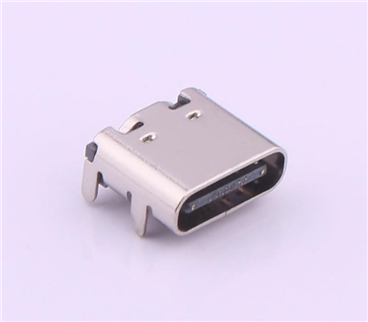
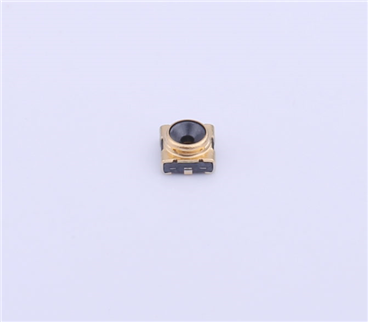
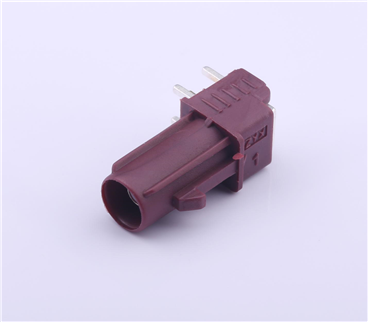
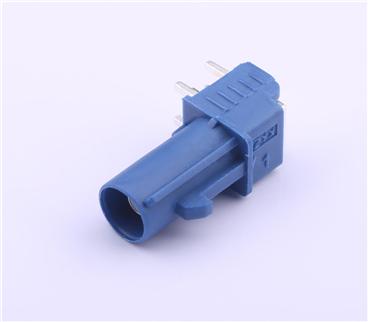
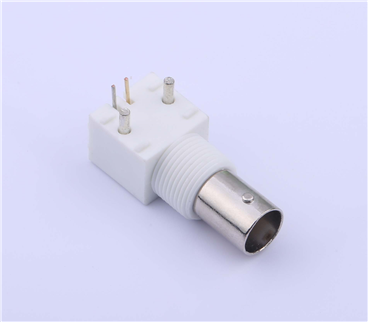
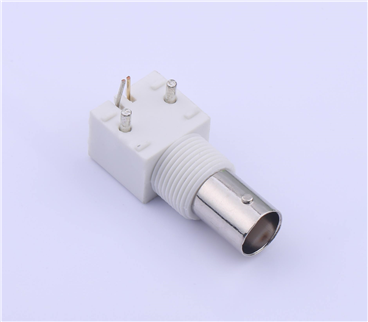
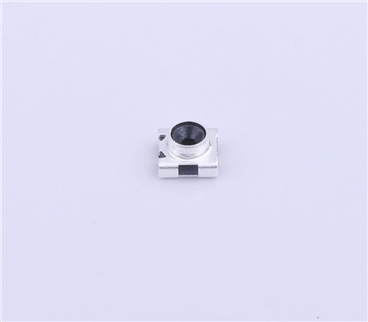
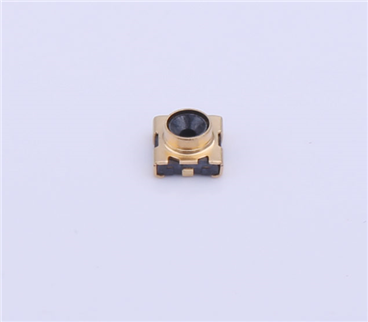
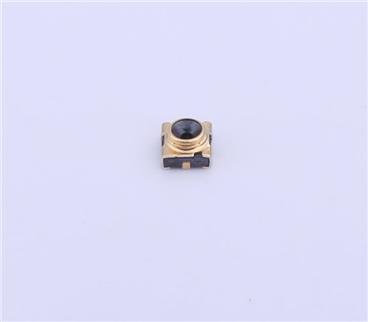
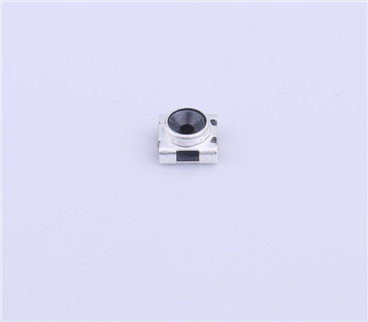
Copyright © Shenzhen Kinghelm Electronics Co., Ltd. all rights reservedYue ICP Bei No. 17113853
